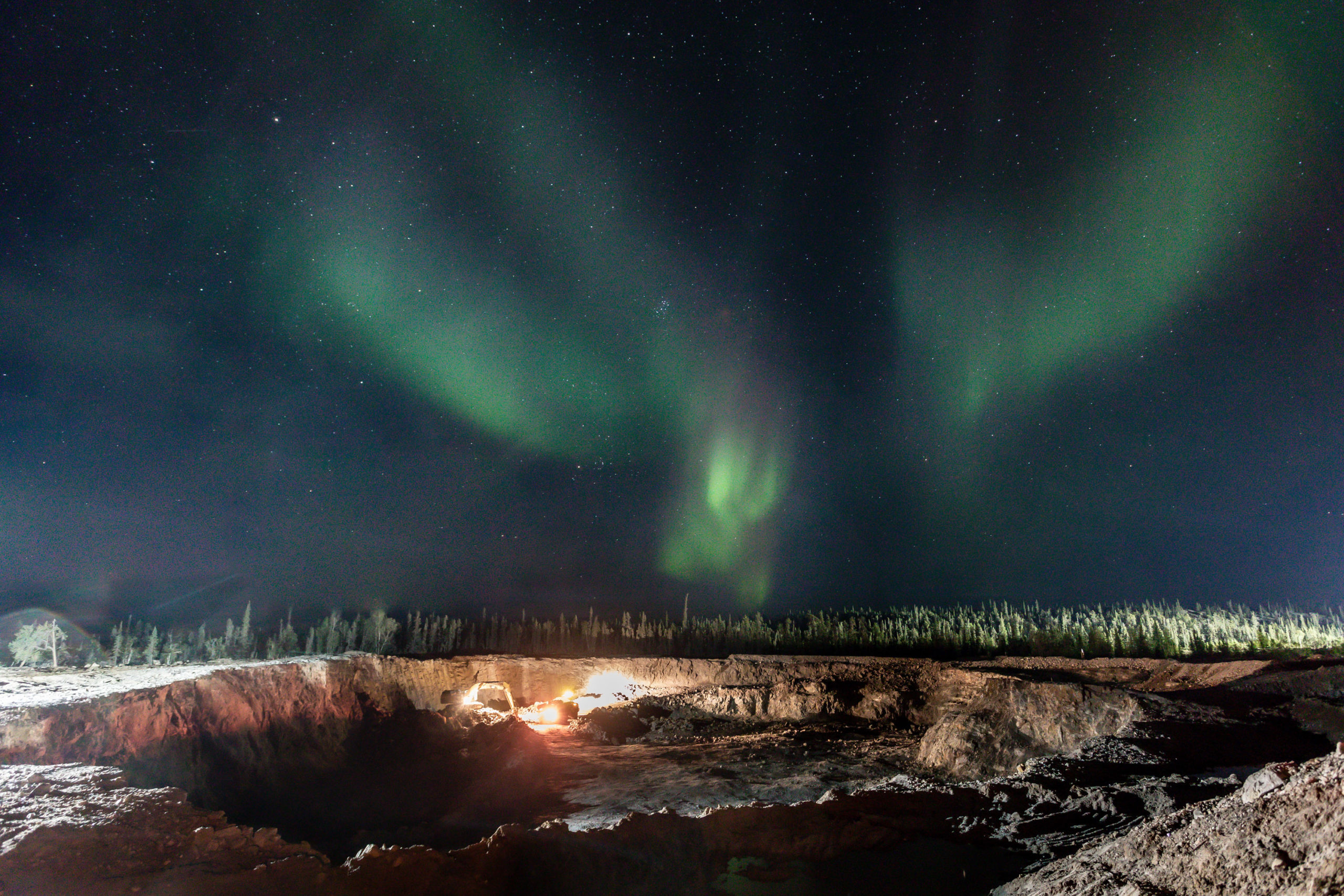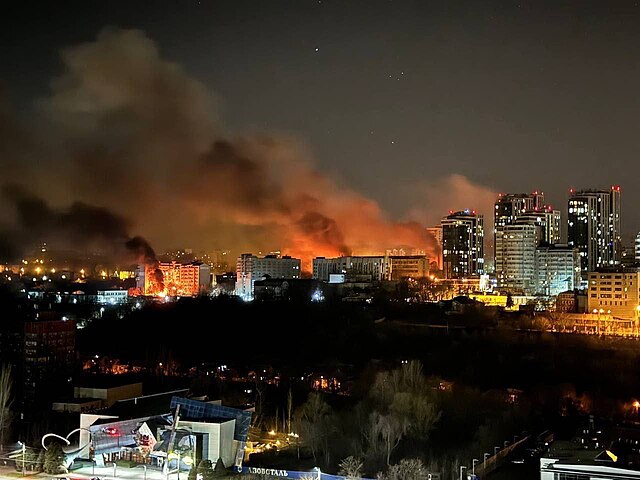In a paper published in the journal Geology, the scientists explain that over geological times, variations in atmospheric CO2 depended mainly on volcanic emissions, which are difficult to estimate because they are not directly related to the volume of the magmas that erupted. Indeed, some volcanoes show exceptionally large emissions of CO2 when compared to the amount that can be dissolved in their magmas. Etna is perhaps the most striking example, contributing to 10% (9000 tons/day) of the present global volcanic CO2 emission. That is three times more CO2 than a volcano like Kilauea in Hawaii emits, which erupts four times more magma.
But ratios of Nb/Ta are very constant in many rocks and are only modified by few geological processes—like the infiltration of carbonate-rich melts in Earth’s mantle.
In this regard, the study revealed that magmas from Mount Etna and Mount Vulture are characterized by extremely high Nb/Ta ratios, higher than any other active intraplate volcano. This means that the magma compositions testify to the presence of lithospheric mantle domains beneath southern Italy that are extremely enriched in carbon. This carbon is ‘tapped’ during the melting of the magmas.
The process is directly related to the region’s complex geodynamic setting: The carbon-rich lithospheric mantle domains are located beneath the Hyblean Plateau in southern Sicily. These domains are transported towards the region beneath Etna by means of tectonic activity, specifically the rollback of the Ionian subduction plate. A symmetric mechanism is likely occurring on the other side of the Ionian plate, beneath Mount Vulture.
“The data also allow us to infer the contribution of such carbon-rich domains to the Earth’s atmosphere in the past, suggesting that the CO2 emissions of Mount Etna during its ancient activity might have been even higher than at present,” Carsten Münker, co-author of the study, said in a media statement. He and his team were responsible for the high precision measurements including the two critical elements Nb and Ta.
In Münker’s view and that of his colleagues, the innovative trace element approach used in this study represents a promising way to better estimate the contribution of the carbon-enriched lithosphere to overall volcanic CO2 emissions, both at present and in the past, which may have played a key role in changing the climate of our planet.
“Similar carbon-rich domains might be hidden beneath other volcanoes worldwide, hence contributing to their CO2 emissions,” lead author Alessandro Bragagni noted in the brief.




